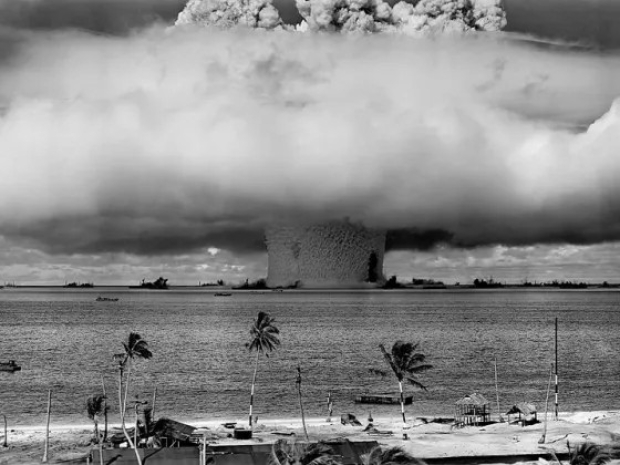Fermi America wants to build what it’s calling the “world’s largest advanced energy campus” in Amarillo, and has tapped South Korea's Hyundai to help lob up to six gigawatts of nuclear power into the mix. The deal would see Hyundai oversee the nuclear side of the operation, starting with four Westinghouse AP1000 reactors pumping juice to local GPU farms by 2032.
Backed by ex-Texas governor and US energy secretary Rick Perry and investor Toby Neugebauer, the plan is to make Amarillo the heart of American energy and AI infrastructure.
Hyundai wheeled out its standard press release, claiming the deal allows it to participate from the early stages of this project and contribute to the creation of "the world’s largest integrated energy and artificial intelligence campus,” whatever that means.
Hyundai has actually built 22 reactors before and so far none of them has melted down. However the scale of this project is huge. A single AP1000 was pegged at $6.8 billion two years ago. And if Fermi America really wants four of them, it better start digging down the back of every sofa in Texas. Meta is throwing $66 to $72 billion at its own datacentre this year, so clearly money is no object in this arms race.
History suggests the price tag will balloon. Just ask the poor sods behind Vogtle Units 3 and 4 in Georgia, the first US projects using Westinghouse’s Gen-3 design. That farce took 15 years and ended up costing more than $36 billion, not helped by Westinghouse going belly-up mid-construction.
Fermi America hasn’t said how it intends to foot the bill for even one reactor, let alone four. And given the scale of the scheme, spanning 23 million square metres, it’s probably hoping no one asks too many questions.
Hyundai’s remit isn’t limited to nuclear either. It’s meant to help install four gigawatts of combined-cycle gas generators, one gigawatt of solar and batteries, and two gigawatts of small modular reactors (SMRs). The only firm to get SMRs through the US nuclear regulator so far is NuScale, and even that’s not exactly a roaring success story.
Fermi America is already knee-deep in fossil-fuelled groundwork. Last month it said it would add 600 megawatts of gas generators for datacentre use before the end of the year.
This includes six Siemens Energy SGT800 gas turbines, an SST600 steam turbine for 478 megawatts, plus 135 megawatts of repurposed GE Frame 6B gas units. Fermi claims this setup is 30 per cent cleaner than the current grid, and plans to use catalysts to scrub out some of the filth.
The aim is to hit one gigawatt of generation by the end of 2026. Whether that includes any nuclear power, or just more gas and PR smoke, remains to be seen.




